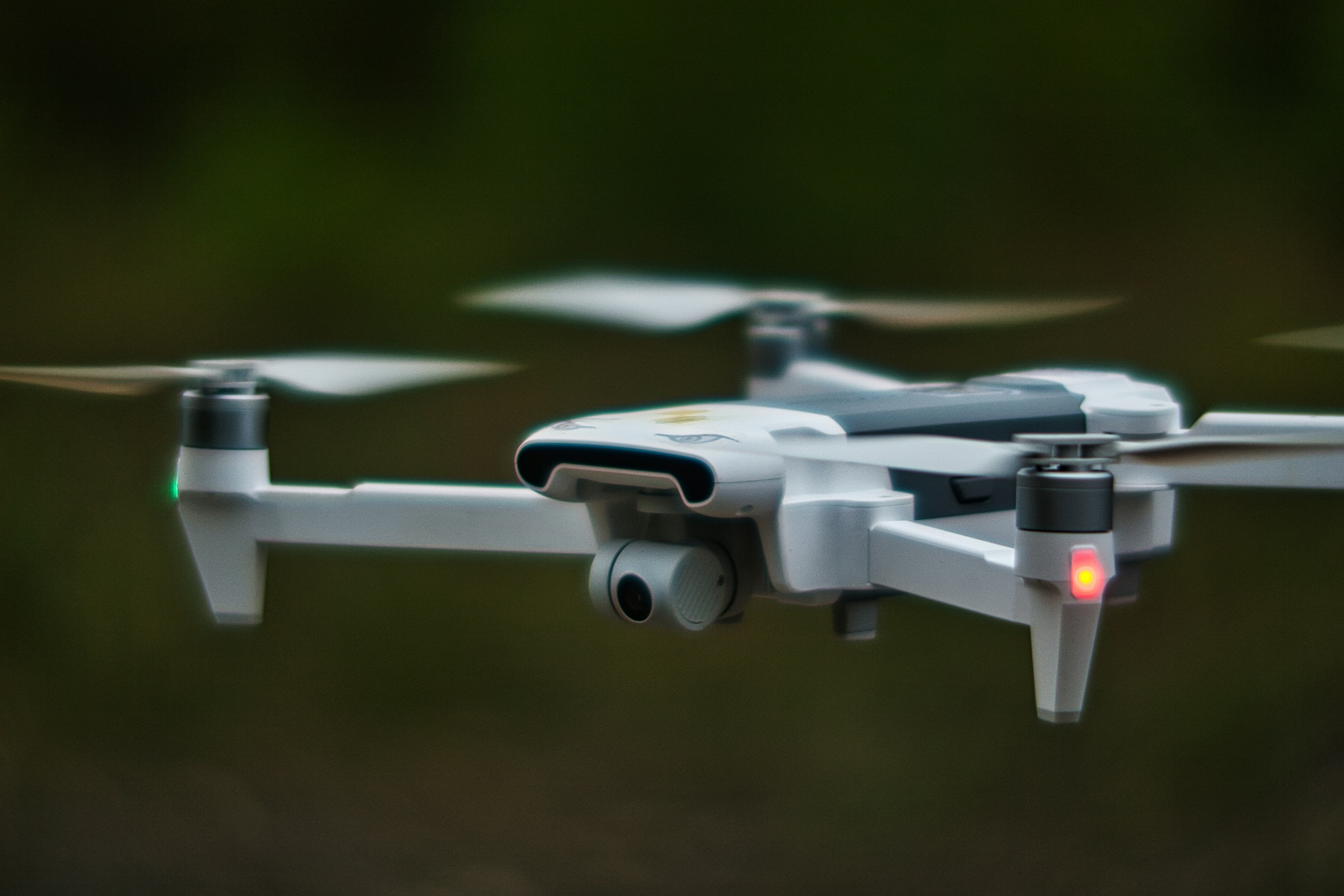Related Jobs
View all jobsHGV CLASS 2 DRIVER
HGV Class 2 driver
HGV/Class 2 driver
HGV Class 2 Driver
HGV Class 2 Driver
Subscribe to Future Tech Insights for the latest jobs & insights, direct to your inbox.
Industry Insights
Discover insightful articles, industry insights, expert tips, and curated resources.

UAV (Drones) Recruitment Trends 2025 (UK): What Job Seekers Need To Know About Today’s Hiring Process
Summary: UK unmanned aviation (UAV/UAS/RPAS) hiring has shifted from aircraft‑type buzzwords to capability‑driven evaluation across flight ops, autonomy, data products, safety & regulatory compliance. Employers want proof you can plan, fly, analyse and scale UAV systems safely and economically—VLOS/A2 CofC, GVC, BVLOS & SORA ops, UTM integrations, command‑and‑control resilience, sense‑and‑avoid, payload pipelines, and fleet reliability. This guide explains what’s changed, what to expect in interviews & how to prepare—especially for UAV pilots/ops managers, flight test engineers, autonomy/perception, GNC/control, UTM/backend, safety & airworthiness, data processing/analysis, and field engineering roles. Who this is for: UAV pilots & flight ops, mission planners, flight test & safety engineers, autonomy/SLAM/perception, GNC/control engineers, embedded/avionics, communications & C2 links, UTM/airspace integrations, data processing (imagery/LiDAR/thermal), GIS/photogrammetry, maintenance & field techs, and programme/product managers in the UK.

Why UAV (Drone) Careers in the UK Are Becoming More Multidisciplinary
Unmanned Aerial Vehicles (UAVs), commonly known as drones, have seen rapid adoption across sectors in the UK — agriculture, logistics, inspection, mapping, delivery, search & rescue, environmental monitoring, media, defence, and more. As UAV use proliferates, the roles supporting them are shifting. Modern UAV careers are no longer just about aerodynamics, electronics or autopilot algorithms. They now require knowledge of law, ethics, psychology, linguistics & design — because flying machines in public airspace must be safe, trusted, legal, intuitive and well communicated. In this article, we’ll explore why UAV careers in the UK are becoming more multidisciplinary, how those allied fields intersect with UAV work, and what job-seekers & employers should do to adapt.

UAV Team Structures Explained: Who Does What in a Modern UAV Department
Unmanned Aerial Vehicles (UAVs), commonly called drones, are transforming industries across the UK—from agriculture, surveillance, mapping, and inspection to logistics, environmental monitoring, and emergency response. UAV systems combine hardware, embedded systems, controls, autonomy, sensors, communications, regulatory / airworthiness, and operations. As the UAV ecosystem grows, companies need team structures that ensure safety, reliability, regulatory compliance, and operational readiness. If you are applying for UAV roles via UAVJobs.co.uk or building a UAV team, this article will help you understand the roles typical in a modern UAV department, how they collaborate throughout the UAV lifecycle, what skills and qualifications employers expect in the UK, what salaries look like, common challenges, and best practices for structuring teams that deliver capable UAV systems.